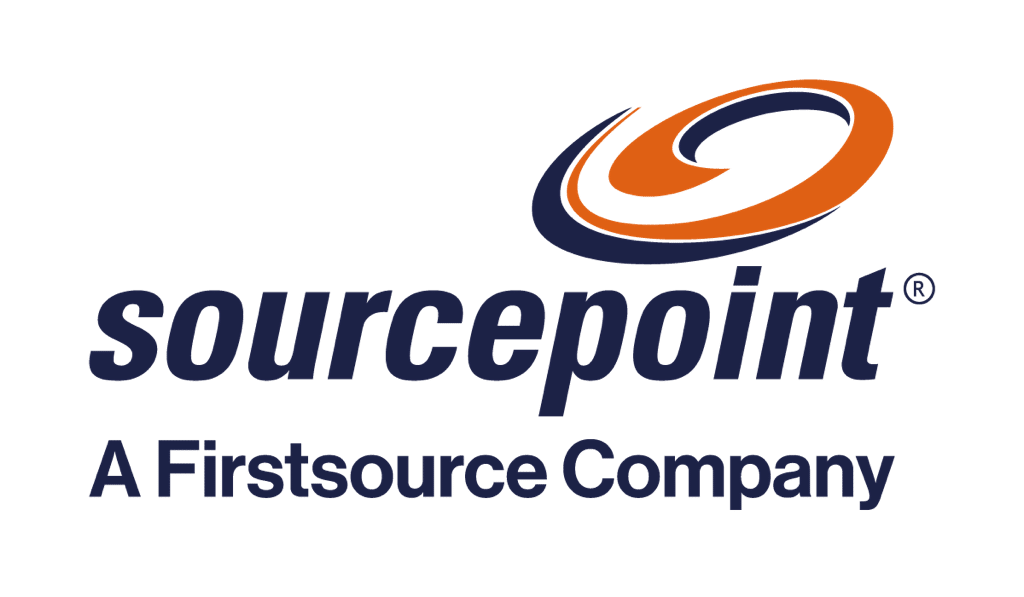Traditionally, mortgage insurers have used rate cards with a limited number of variables such as loan to value, credit score and coverage ratio to determine the rate a borrower would pay. With increasing digitization and the growing focus on customer experience, lenders are embracing risk-based digital pricing models that adopt a more dynamic approach to determining customized rates for each loan scenario.
Today, all six major mortgage insurers offer "black box" pricing scenarios to their customers to determine the amount of mortgage insurance (MI), depending on the program selected. This is good news for both customers and lenders. Mortgage insurance enables qualified borrowers who do not have a 20% down-payment to potentially get into homes sooner than they otherwise would. Customers also benefit from custom rates based on the unique attributes of their loan. Lenders, on the other hand, can eliminate friction and improve efficiency by having access to the six mortgage insurers’ pricing to easily compare rates and offer customers the best insurance option.
Risks associated with “black box” pricing
While the concept of risk-based pricing may be similar across mortgage insurance providers, each MI follows a proprietary process that considers varied factors impacting MI premium rates. This means pricing can vary by over 30 basis points for similar loan attributes, significantly impacting larger loans.
In addition, risk-based pricing engines are data-driven - the integrity of the input determines the outcome. Simply put, inaccurate data input increases the risk of higher rate out, costing the consumer significant amounts over the life of the mortgage. In the absence of robust processes and governance, this can result in compliance issues.
So, how can lenders ensure that their loan origination staff provides the best option for the consumer?
Mitigate risks using a three-step approach
Let’s say your loan originators are trained to access the MI pricing engines of various mortgage insurance companies that you have an agreement with. How can you ensure that your staff is accessing all available options in order to provide the best price?
Step #1 – Adopt comprehensive policies and procedures
The first step is to identify the risk specific to your organization as every mortgage company has its own process and requirements. By assessing how pricing for mortgage insurance is obtained for borrowers/applicants, you can determine the risk posed by existing processes and procedures. Based on the identified risk, organizations can determine if new policies and procedures need to be implemented or if existing ones need to be modified.
Step # 2 -- Train loan originators, underwriters and processors
Provide training to all staff members involved in mortgage insurance product availability, pricing environment, as well as the new process. Assess training effectiveness to ensure that all members not only complete the training but also understand the requirements as set forth in the policy. The mode of training can vary depending on the company’s needs, available infrastructure, and the number of processes and staff members that are likely to be impacted by the change.
Step #3 -- Track and test results
The final step is to track the findings and test them to make sure that your policies and procedures are driving the desired results. To test the results, it’s important for decision-makers to capture the right data. Involve the operations manager and the loan operating system administrator to ensure that relevant data is being captured and generate reports to determine if the pricing steps implemented are, in fact, resulting in the best possible price for the consumer based on the product they choose.
Moving towards dynamic pricing to meet evolving needs
Adopting a risk-based pricing model allows lenders to take a more granular approach to pricing to better protect customer interests, and improve satisfaction and loyalty. To transition to such a model, lenders must first review the current processes and policies in order to determine those that require modification. They must then develop an execution plan, set up systems for data capture and reporting, and finally, deploy change management and training initiatives. Partnering with an experienced vendor can help hasten and smooth the transition process, allowing lenders to focus on serving customers better.




